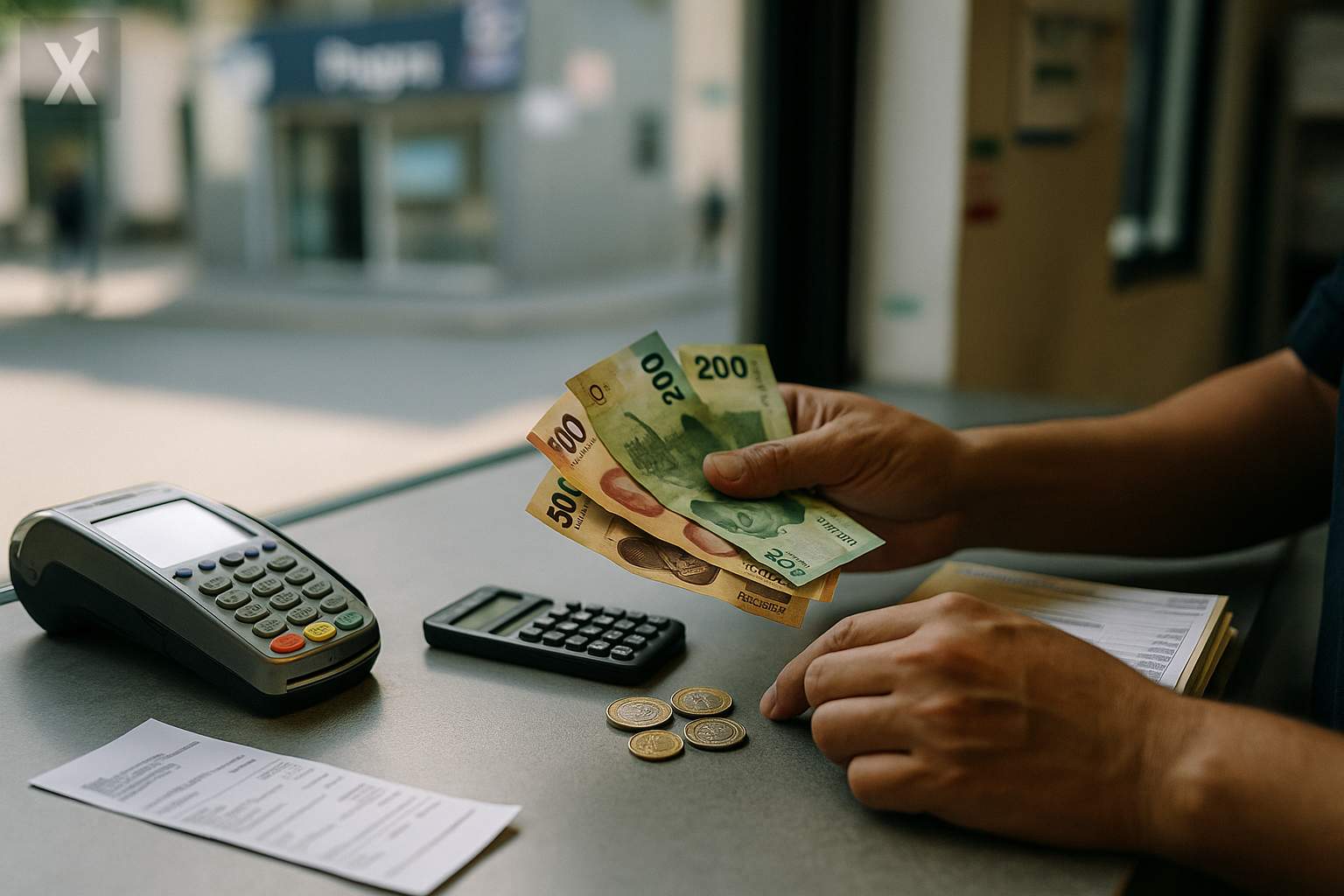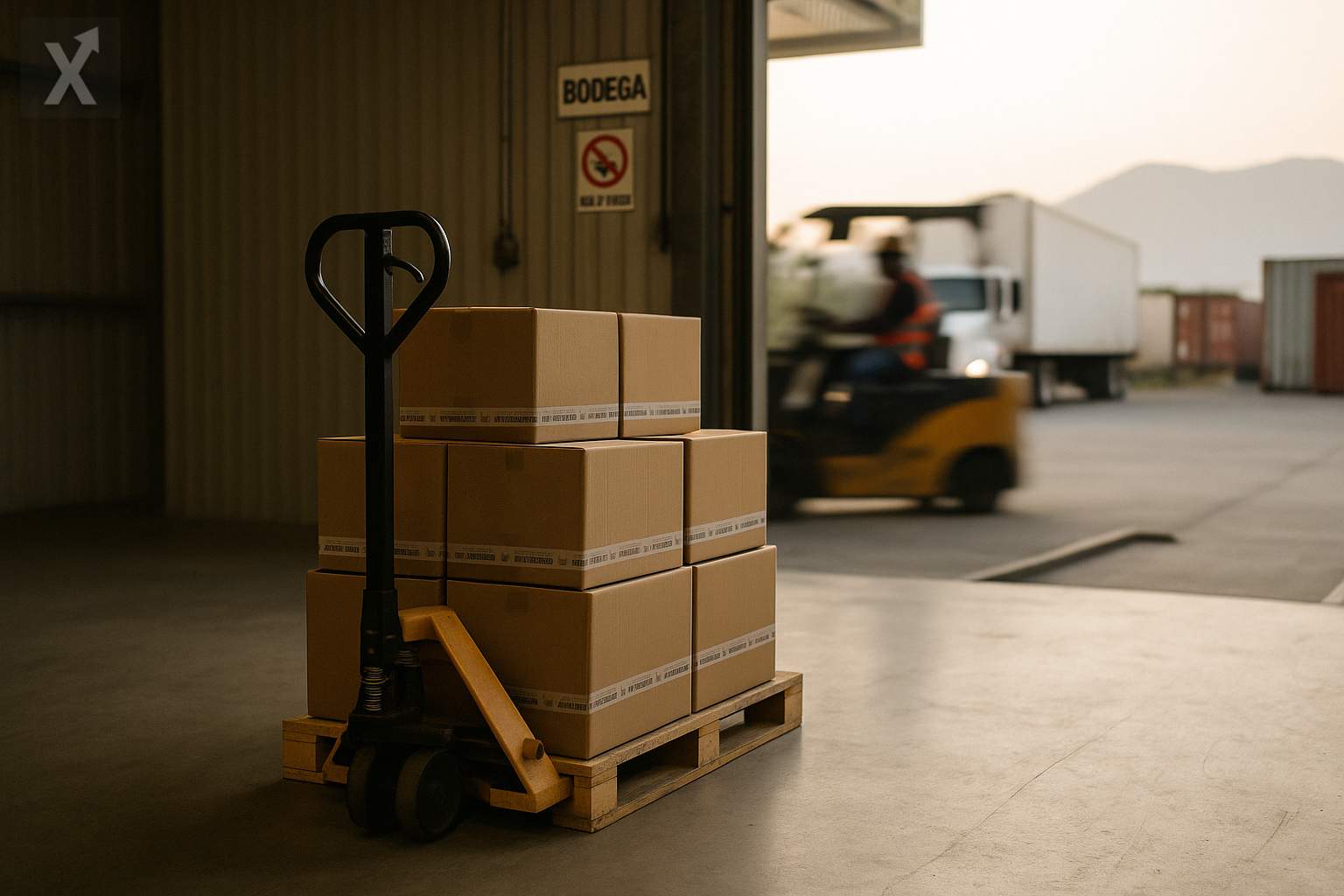Banxico and the Mexican Mint Modernize Materials in 1, 2, and 5 Peso Coins to Cut Costs and Secure Cash Supply

The Bank of Mexico (Banxico) and the Mexican Mint are moving forward with a technical change for 1, 2, and 5 peso coins aimed at reducing costs and ensuring the availability of cash. The adjustment involves replacing the bronze-aluminum alloy core with steel coated in bronze through electrodeposition (electroplating), a practice already common at mints in advanced economies. According to their 2025-2030 Institutional Program, this measure could generate annual savings of between 300 and 400 million pesos, without changing the face value or the legal tender status of these coins.
The project has been under evaluation since 2022 and included tests with electroplated coin blanks sourced from the Royal Canadian Mint. Technical analyses confirmed the feasibility of producing 1 peso coins with the new core, and the plan is to extend the change to the 2 and 5 peso denominations, which are currently bi-metallic. The transition addresses two main objectives: cost efficiency and ESG adoption, by reducing the environmental footprint of minting and aligning processes with international standards.
This adjustment is taking place in a context of high demand for cash in Mexico. Despite the growth of digital payment methods — SPEI, cards, and fintech solutions — the use of banknotes and coins remains dominant in everyday transactions, especially in areas with high levels of informality and low financial inclusion. Banxico reports that the cash base is growing at a rate similar to inflation and that, since 2021, coin minting orders have increased by about 55%. Looking ahead, production of over 3 billion coins annually is projected to meet the country’s needs, even as e-commerce and electronic payment methods expand.
From a market perspective, switching to coated steel aims to reduce exposure to the price volatility of metals like copper and aluminum, which drive up the cost of traditional alloys. Although steel prices also fluctuate, their trend has been more favorable, which helps ease budget pressures and makes the per-piece cost more predictable. Additionally, importing ready-to-mint blanks would reduce the workload of cutting and grinding on local machinery, resulting in lower energy consumption and maintenance requirements.
The Mexican Mint is considering installing its own production line for coated steel blanks at its San Luis Potosí facility, with the goal of reducing dependence on imports and strengthening supply chain resilience. If implemented, the investment would enable technology transfer and greater quality control, though it will require a cost-benefit analysis, availability of inputs, and technical certifications to ensure a continuous supply.
Operationally, replacing the coin core requires precise adjustments to maintain weight, diameter, electromagnetic properties, and security features used by coin acceptors in transportation, parking meters, and vending machines. International experience suggests that the transition can be gradual and coordinated with industry for recalibrations and informational campaigns to avoid confusion among users and merchants. For the public, the coins’ visual design and value will remain recognizable, so no significant effects on everyday use are expected.
This strategy aligns with a sustainability agenda adopted by various mints — such as the Canadian and Eurozone mints — promoting materials and processes with lower environmental impact and responsible sourcing practices. In Mexico, where remittances have reached historic levels and labor informality remains high, having a reliable supply of currency is vital for the functioning of the daily economy, even as digital infrastructure and financial inclusion continue to expand.
In summary, modernizing materials used in lower-denomination coins is aimed at balancing efficiency, security, and sustainability. If the plan moves forward according to schedule, the expected savings would reduce minting costs and strengthen the availability of cash, while coordination with the private sector and the potential domestic production of blanks would make the coin supply chain more robust.






